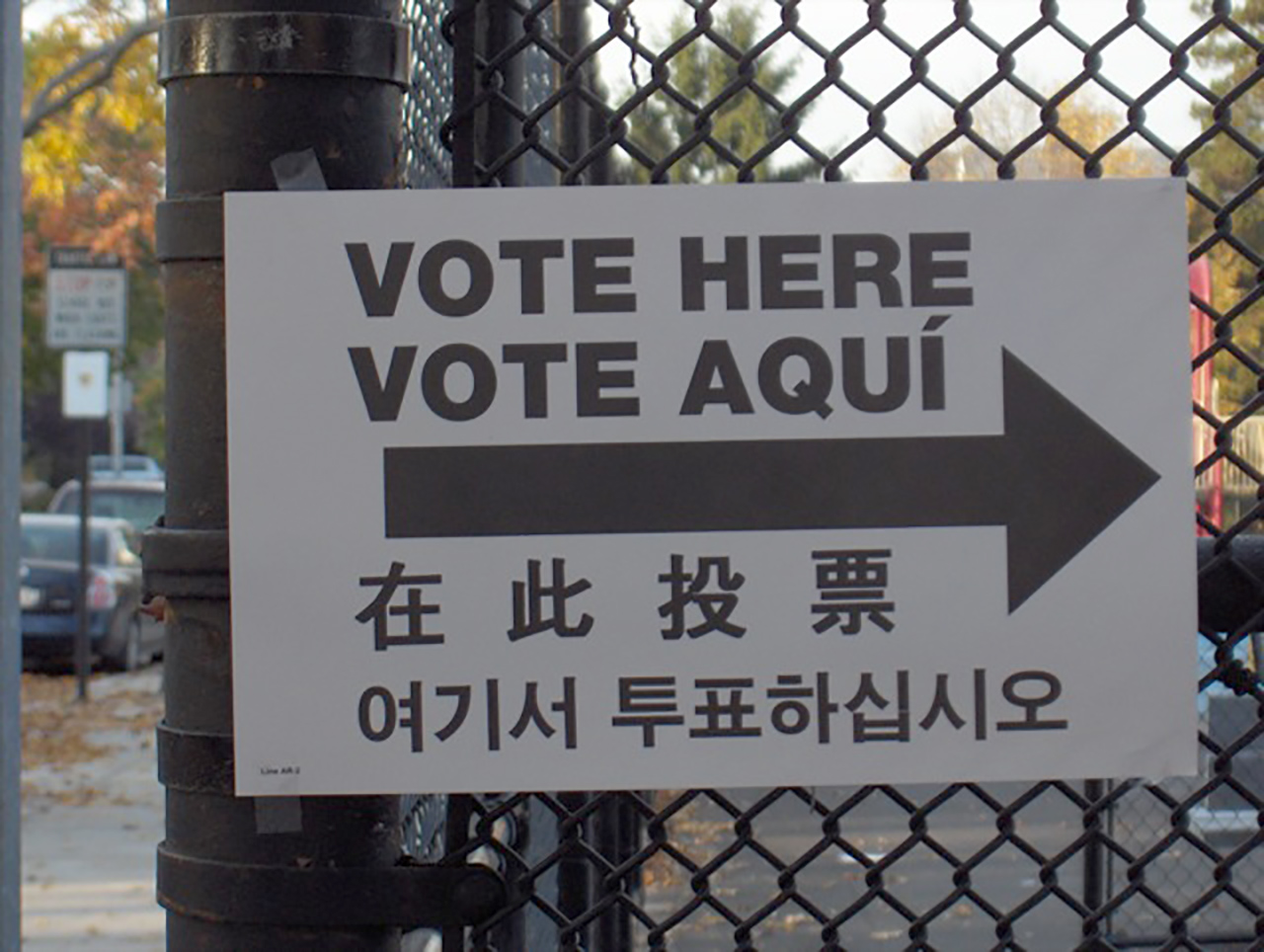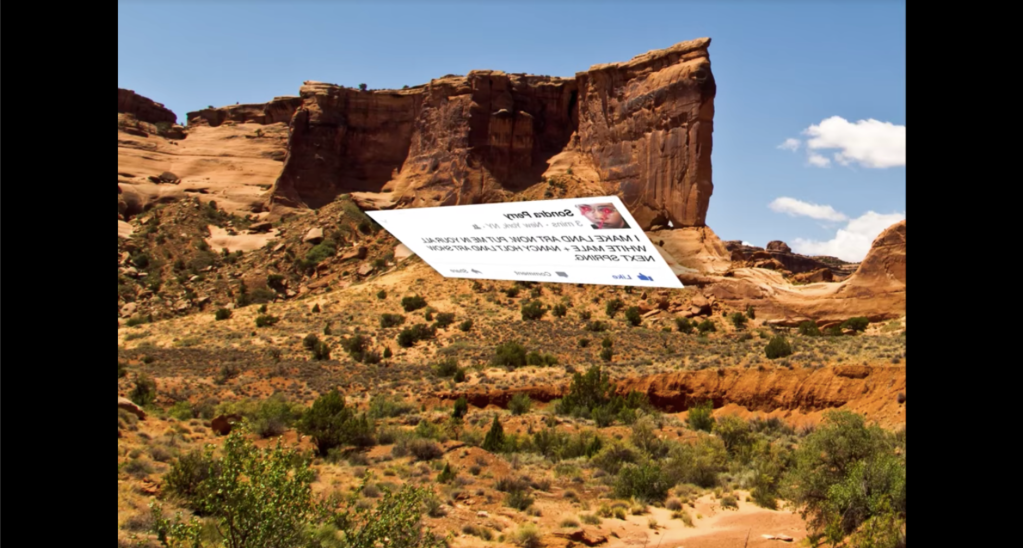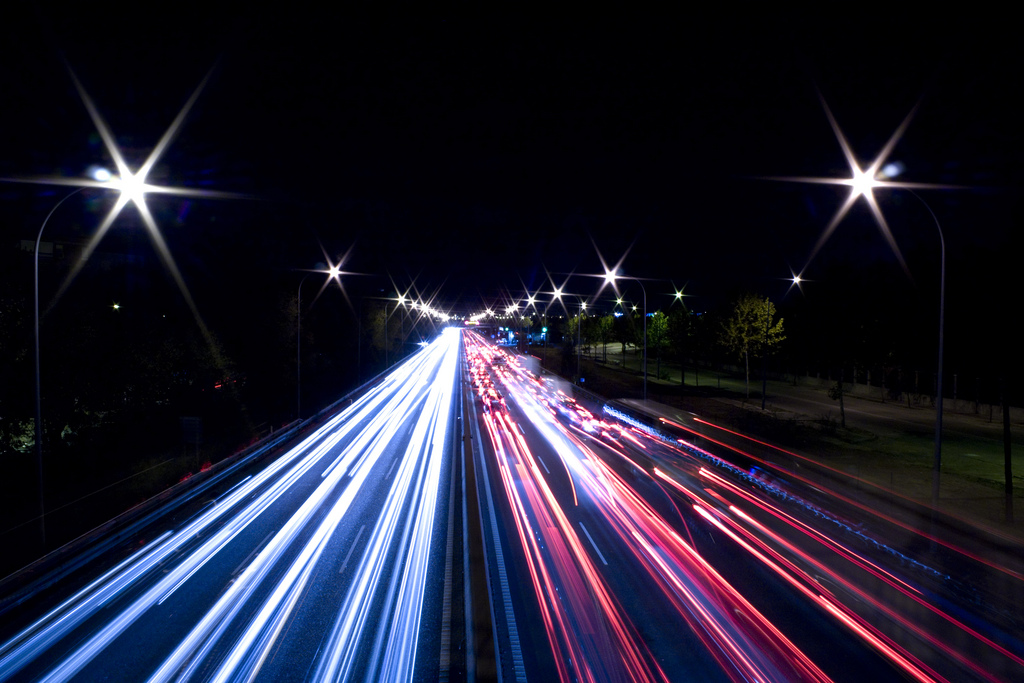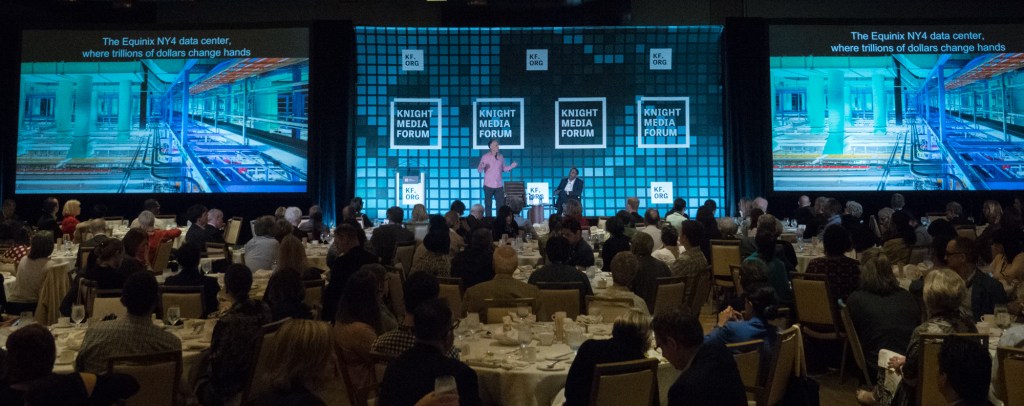
Using technology to bring citizen voices to the polls
Vote Here photo (cc) by Jon Scheiber on Flickr.com
Video by Maplight on Youtube.
Daniel G. Newman is the co-founder and president of MapLight, a nonpartisan research organization that reveals money’s influence on politics. MapLight received a Knight Prototype Fund grant as a winner of the 2015 Knight News Challenge on Elections. The next Prototype Fund deadline is Nov. 16.
Using Technology to Bring Citizen Voices to the Polls
Our democracy was built on strong principles of self-governance and relies on civic participation, yet few eligible voters participate in elections.
So, how do we fix this? How can we use technology to build tools to help voters feel confident that their decisions matter and that voting outcomes truly reflect their values and interests? These are the questions my organization, MapLight has been working on for the past several years through our online voting guide, Voter’s Edge.
In 2014, MapLight in partnership with the League of Women Voters of California Education Fund, launched Voter’s Edge California. The online voter guide provided unbiased, in-depth information on local and statewide elections in California. Users could simply type in their street address and a personalized ballot would be presented in English or Spanish. It was also supplemented with information on endorsements, funding sources, editorials, summary information, candidate biographies and more. Users could even mark their ballot choices and share with friends via social media.
Voter’s Edge California was an immediate success, far exceeding our expectations with 728,000 unique visitors in the months leading up to the state’s November 2014 election. By way of comparison, this is equivalent to 10 percent of the approximately 7.5 million California voters that cast ballots in the same election. A survey completed by Voter’s Edge users showed that 76 percent of respondents felt more confident about their voting choices after using the tool, 78 percent reported feeling more knowledgeable about candidates and ballot measures, and 52 percent said they would vote for more offices and leave fewer blank choices on their ballot because of Voter’s Edge California.
From our 2014 experience, we learned that information about presidential, congressional and gubernatorial elections is not in short supply, but there is a clear deficit when it comes to in-depth information on local races.
Our experience is consistent with research by others. A June 2015 Knight Foundation study focusing on millennials who voted in national elections but not local elections cited several barriers to voting among young people. Among respondents ages 20-34, the majority stated that the main obstacle to voting in local elections was lack of information on the candidates, followed by poor understanding of local government.
The Knight Foundation report also noted that millennials were receptive to a local voting smartphone application that would provide basic information about local candidates and issues. Voter’s Edge provides just such an application. Youth aged 18-34 make up nearly 32 percent of California’s eligible voting population, according to data compiled by the University of California Davis Center for Regional Change, but just 12 percent of them voted in the November 2014 elections. Of the Voter’s Edge users we surveyed however, 28 percent were aged 18-34, revealing an appetite for voting information among young people.
For 2016, Voter’s Edge will again provide in-depth local voting information for California, and will expand the service to New York and Illinois for the 2016 primary and general elections. In New York and Illinois, we are prototyping a new process to collect local candidate information, with support from Knight Foundation. The prototype we develop for 2016 will help standardize the way Voter’s Edge incorporates large amounts of local data on candidates and ballot measures. It will help us to efficiently scale in future years and provide unbiased local election information to citizens in all 50 states.
Recent Content
-
Artsarticle ·
-
Artsarticle ·
-
Communitiesarticle ·


